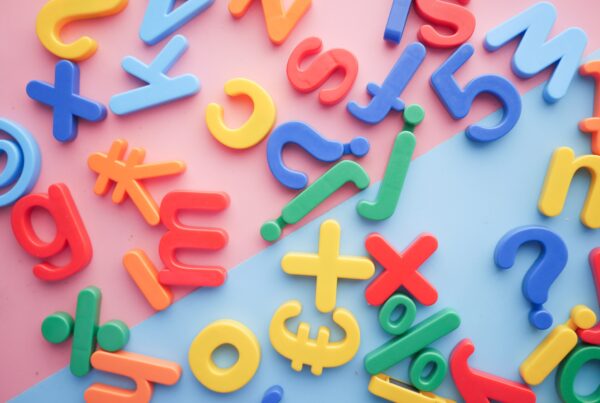Card sorting is a UX Research method to understand how users think and how they organise large amounts of information. Simply put, the user receives a set of cards and is then asked to organise these in groups or categories based on their understanding and experience. You choose to use a card sorting method in UX Research when your goal is to have a better understanding your users mental models and categorisation schemes to make sense of information.
It is is a valuable tool as its relatively quick to set up, and builds understanding of the user’s understanding of information. It can also be beneficial to perform a card sorting to understand the current status of your product’s information architecture and whether or not this makes sense to your users. Below are some more benefits of using card sorting as your method in UX Research.
✅ Card sorting helps identify common patterns
By using a diverse group of participants, for example, different cultural backgrounds, languages, education, or work role, you can identify common patterns among different user groups. This data will give you insights into how specific user groups organise information.
✅ Card sorting helps improve findability
Creating a good information architecture is not easy. Card sorting can provide you with data that helps you to organise the data based on the users needs. By understanding how they process the information presented to them, UX Designers can come up with better architecture and navigation for the products we work on.
✅ Results are easy to analyse
Card sorting data is relatively easy to analyse, and depending on the tools you can push out matrixes with a single button click. These results can then inform your decisions on how to build the IA, navigation and labeling system of your product.
✅ A UX Research method that works for digital and analog products
Card sorting is a versatile method applicable to both digital and analog products. Testing cards in a board game can just as easily be done as testing a menu structure for a SaaS product.
✅ Card sorting is Cost-effective
Not unimportant are the costs involved when performing UX Research. Time is money and many companies want to do research but also want quick results. Unmoderated card sorting saves time and money on the company’s side while still collecting valuable data.
✅ A UX research method that involves users in the design process
Because card sorting is a relatively quick method for UX Research, users are often more inclined to perform the test. A card sort takes, on average, about 10-15 minutes to perform. In the busy lives of our users, this could be done during work time, in a break, or in between tasks. Making it easier to collect data from our users than say when performing user interviews.
✅ Card sorting helps to validate or challenge assumptions
We all have assumptions in our product teams with regard to the information presented. This bias comes from our own cultural background and experiences. Card sorting can challenge those assumptions by gathering real data on how users think and process information.
✅ Card sorting can be done moderated and/or unmoderated
Because card sorting is relatively easy to set up, and with the many tools out there, card sorting can be set up in an unmoderated fashion. Meaning you dont have to spend time observing your users while they perform the card sort. Benefit of unmoderated card sorting is that the user doesn’t feel pressured to do it ‘the right way’ but rather can do so in their own safe environment. The downside of unmoderated card sorting is that you lack the visual data of how your user performs the card sort. You could solve this by asking your user to record their screen and/or voice when performing the test.
Conclusion
There you go, 8 reasons why card sorting is a great method for UX Research. We all know how important it is to include our users in our research practices. We also know how much time can be spent on doing research.
For quick, low-cost results about how users process the information given to them, card sorting is the ideal method.
If you’d like to learn more about card sorting have a look at my follow-up article: Card Sorting: A how-to guide
Sources
- Photo by UX Indonesia on Unsplash




